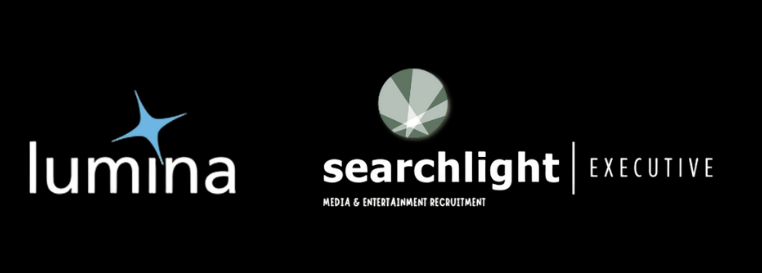
Market commentators are suggesting the golden age of streaming is over and the market looks set to become fragmented in 2020. The market is splitting between SVOD and AVOD – we investigated the later and its prospects in our recent insight piece. On the SVOD side, Netflix built its subscriber base on its bingeable boxsets, but the rightsholders are launching their platforms and want their shows back. Of course, this is common sense business decision, but consumers will ultimately have to subscribe to several platforms to get all the content they want.
The likes of BT and Sky have been re-positioning themselves in a tricky telecoms business. With slowing broadband revenues, their TV platforms have seen much of their focus. BT has set out to revamp its TV service as the UK’s “Super Aggregator” and recently announced its radical overhaul of TV packages.
Instead of fixed contracts, consumers can now opt for a range of packages and bolt-ons. Want to watch the final few games of the Premier League season? Upgrade to the Big Sport package (£40 a month) and access BT Sport and Sky Sports. Once the season is over, you can downgrade to a standard package. It’s a bold move for a Pay-TV operator.
On top of this, BT TV has become the first TV platform operator to offer Netflix, Amazon Prime Video and NOW TV all in one bill. Making things simple is a compelling proposition for consumers, especially as we approach the VOD content boom shortly. On top of that, BT TV – through its YouView set-top box – integrates broadcaster platforms into their systems – BBC iPlayer, ITV Hub, All4, My5. All this content, all available in one place.
It’s a successful approach proven on the continent with Deutsche Telekom. Their MagentaTV service recently reported a 7.9% year-on-year growth in customer figures, with revenue figures rising even more. While cord-cutting isn’t in full effect in Europe yet (660,000 net loss in Q3 for all Pay-TV operators), to post a sharp rise in subscribers for an established product is exceptional.
The service offers a familiar service – access to Pay TV channels, plus built-in subscriptions to Netflix, Amazon Prime and Sky – the largest VOD platforms in Germany, plus all the major broadcasters’ catch-up services. Sounds familiar?
And what of the other major Pay TV providers in the UK? Sky Q has a deal with Netflix, incorporating the service and bill into one and Virgin Media has a more loose arrangement with Netflix and Amazon Prime Video, allowing subscribers of those services to access them through Virgin Media’s V6 box.
BT have certainly gained the advantage in becoming the UK’s leading content aggregator. It remains to be seen if BT can capitalise on its new flexible TV packages, but looking to other operators, it has certainly been a successful venture incorporating all the major platforms into one package. With simplicity at its core, BT TV may well be set to withstand the cord-cutting trend as it heads across the Atlantic.

